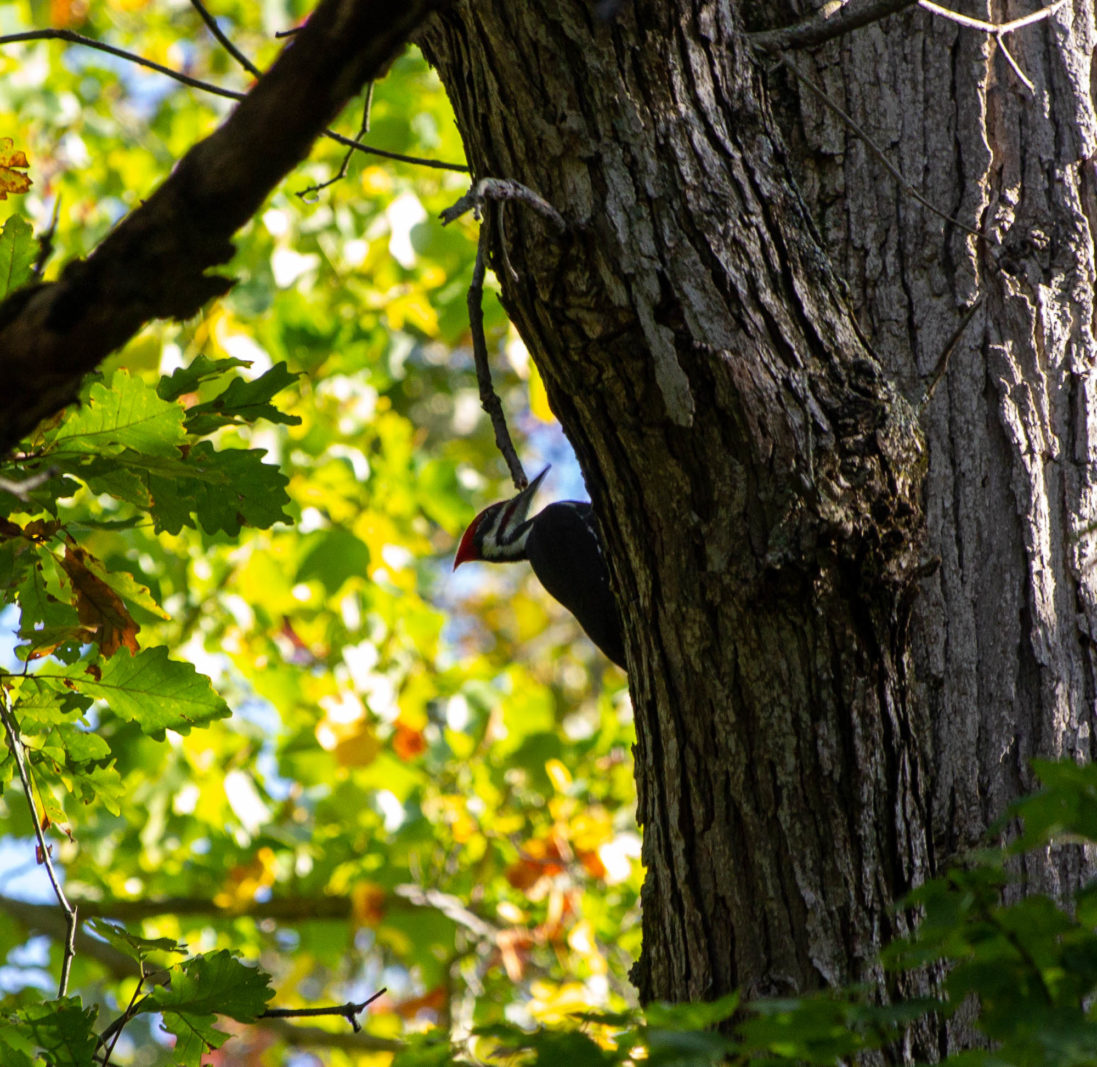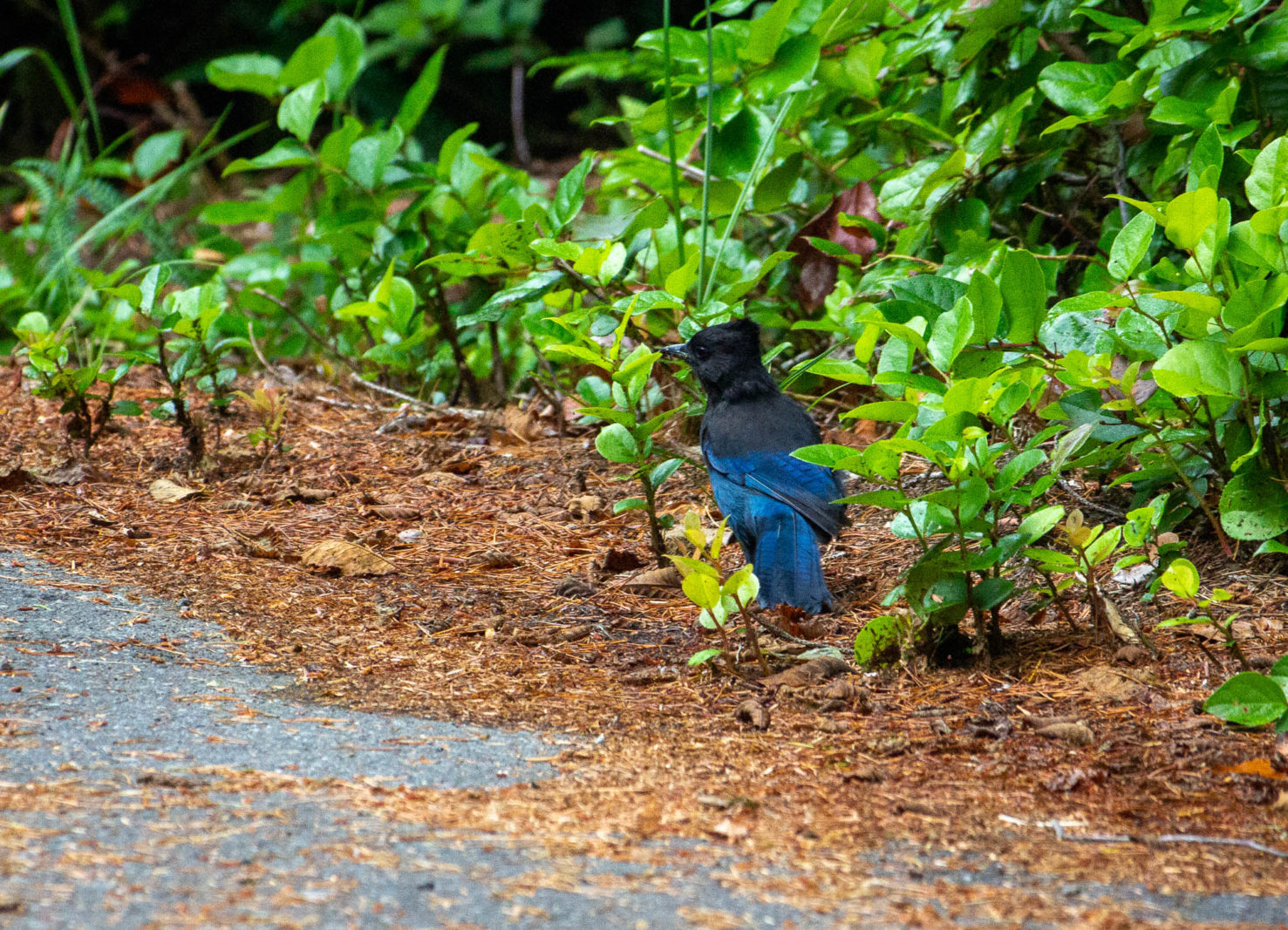
It’s been about a year now since I really got into birds.
I’ve always been interested by birds, always enjoyed taking pictures of them, even knew the names and general appearance of some kinds of birds, from my days as a Boy Scout. But after our trip to Hawaii, where there were so many spectacular birds just milling about everywhere, I started wanting to know: what is that bird I see, and what’s his story?
When I got back, I went out and picked up a field guide called Birds of North America: Eastern Region and started keeping track of what I saw. By mid-year, my life list was over 100 species and we were already planning our vacations to take us places where we could see new and exciting birds. I started out using the Audubon app to keep track of my bird sightings. It’s a great app, but Audubon only covers the American Birding Area, which is basically the continental US, Canada, and Alaska. None of my Hawaiian sightings counted, nor did the other birds I was able to identify from photos from ten years of trips to Central and South America, Europe, and North Africa.
Enter eBird
Somewhere along the way I found eBird, which is the global gold standard for bird data collection. Thousands of amateur and professional birdwatchers submit to eBird every day, and it’s probably the best resource in the world for knowing where birds can be found. I started sending all my lists to eBird, and I even had a rare sighting in June 2019. For a few days, an odd-looking dove kept coming to my feeder. It was bigger and lighter than the usual Mourning Doves, with a distinctive black ring on the back of its neck. Based on a picture in my field guide I recorded it as a Eurasian Collared-Dove. A week or two later, I got an email from someone on the eBird rare bird verification team, asking me for more information. The eBird mod asked me if I had photos or detailed notes to share. Unfortunately I didn’t get a picture, and based on what I could remember, we couldn’t positively identify it as either a Eurasian Collared-Dove or the very similar African Collared-Dove. We left the sighting unconfirmed, but I was happy to learn and interact with a real expert.
Spark Birds
Bird people talk about something called a “spark bird”: a bird that gets you really excited and makes you want to see and learn more. I had two in 2019: the first was a Pileated Woodpecker that I saw at Oak Openings. These giant woodpeckers with their raucous laughing calls were at the top of my “must see” list, so I checked eBird to find where they were hanging out nearby. One Saturday morning in May, Michelle and I went out early, hoping to get lucky, and we weren’t disappointed. A little way up the Silver Trail, In a meadow full of old, tall trees, we saw a pair of Pileateds calling and flying around, apparently working on their nest. We stayed and watched them for ten minutes, and they were just as big and bright and loud as I had hoped.

My second “must see” bird was a Steller’s Jay. Essentially the west-coast version of our Blue Jay, the Steller’s was my obsession on our summer trip to British Columbia. We stopped in at the local Wild Birds Unlimited and the ladies working there frowned. Maybe in the winter they’d come to feeders, they said, but in the summer they were rather scarce. We stayed in Vancouver for two days and saw some very good birds, but no Steller’s Jays. On August 4th, headed for Vancouver Island and Pacific Rim National Park on the west coast. We took some amazing walks through old-growth rainforest and saw a raven the size of a small eagle, but still no jays.
That night, as Michelle was driving back to our hotel along the Pacific Rim Highway, I was looking idly out the window when I caught a flash of deep blue on the side of the road. I shouted “Steller’s Jay!” so loud that Michelle might have had a minor heart attack, but there was traffic behind us so we couldn’t stop and go back.
The next morning, we drove to the Shorepine Bog area of Pacific Rim National Park, and there in the parking lot, hopping between the dumpsters, was our first “official” Steller’s Jay.

Later on we found that Ucluelet, where we were staying, was full of Steller’s Jays. Over the next three days we heard and saw many more, including a friendly bird named “Nugget” at North Island Wildlife Recovery Centre, but none of these would ever be as exciting as that first elusive bird.
A question, and an idea
This brings us to the end of 2019. After meeting my two spark birds, I’d been doing a ton of reading and learning and planning more bird-related adventures. Over the holiday break, I started to wonder where in the country I could go to see lots of different kinds of woodpeckers. I’ve seen my Pileated, and my backyard is regularly visited by Downy and Red-Bellied Woodpeckers, but there are so many more: Acorn Woodpeckers, Ladder-backed Woodpeckers, Yellow-bellied Sapsuckers, and literally dozens more in North America alone.
eBird didn’t have the answers I was looking for. I could pull up a species and see its range, and I could pull up an area of the country and see the local birding hotspots and what had been found there recently, but I couldn’t find a tool to tell me what I wanted to know: what parts of the US are especially rich in woodpeckers?
So I thought to myself: I’m a developer, and eBird’s data is open-source. If I can’t find a tool, I’ll make one. In my next post, I’ll introduce my creation: Project BirdMap, and how I made it.